|
I’m currently exploring rabbit holes of documentaries, and naturally I gravitate towards those about photographers (and true crime . . . but that’s not relevant here). New Zealand has a MEGA FEAST of talented and interesting photographers. But in classic Kiwi fashion, they work under the radar, have *that* sense of humour, and are very humble. Read below for a list of some of my favourite documentaries about New Zealand photographers (it’s just the tip of the iceberg). My own take on the styles of Brake, Westra, Morrison, and Ward. A Master of Light - The Life and Work of Brian Brake Photographer 1987 (TV). Director, Producer: David Coates. In this Inspiration documentary — made shortly before his 1988 death — Brake reviews his lifelong quest for “mastery over light”, from an Arthur’s Pass childhood to a fascination with Asia. He recalls time at the National Film Unit and is seen capturing waka huia, Egyptian tombs, and Castlepoint’s beach races - NZ on Screen. Favourite quote: “Patience, skill, perseverance and pure gall”. Learn about: impact of positive role models in our formative years, the role of discipline and technique, being on the look-out for photo ops. Special mentions: James K Baxter, Richard Farrell, Doreen Blumhardt, Arthurs Pass, 1980s stubbies and jandals. Ans Westra - Private Journeys / Public Signposts2006. 71min (TV). Directed by Luit Bierenga. Produced by: Jan Bieringa This film explores her remarkable life and work, and includes commentary from family, friends, photographers, and those she photographed. There is also discussion of the controversy over her 1964 book Washday at the Pā - NZ on Screen. It is constructed around a long interview with Westra and a conversation with poet Hone Tuwhare, and follows Westra as she photographs around New Zealand. Locations include Ratana Pā and the memorial service for former PM David Lange - Mary-Jane Duffy, 2013. Favourite quote: “There’s a certain ability to being in the right place at the right time”. Learn about: the power of standing on the sidelines, 38,000 books guillotined – Washday at the Pa controversy, legacy of photographs in society. Special mentions: Hone Tuwhare in his house, tomato sauce bottles, David Lange’s memorial service. Sense of Place: Robin Morrison1993 (TV). Directed, produced by: John Bates. Director John Bates' 1993 documentary examines the life and work of photographer Robin Morrison, who captured iconic images of everyday New Zealand life and landscape. Part biography, part travelogue, the film goes on the road with Morrison to revisit some of his best-loved locations - NZ on Screen. Stuart Dryburgh’s gorgeous cinematography evokes the saturated colours and wide screen vistas of Morrison’s prints, without falling into the trap of ‘quoting’ his imagery. Rather, the tactic is to place Morrison’s pictures at the forefront, but surround them with characters, comments, and location photography that puts them into context - Costa Botes, 2014. Favourite quote: “Sometimes I was behind police lines and sometimes in front of them.” Learn about: importance of interacting with subjects, Cromwell before the dam, the value of photographs documenting place and time. Special mentions: Scones and tea, early 90s music soundtrack, nostalgia, Ted Duggan’s store. Gifts from the Gods2023, 19 mins. Directed by: Hans Weston. Gifts from the Gods is a short documentary film about New Zealand photographer, Julian Ward and directed by Hans Weston. Shot during just one of the 3000+ weeks Julian has been practicing black and white photography, the film shows Julian working in two contrasting environments, the street and the bush. Gifts from Gods refers to the moments and compositions that continually present themselves to him - PhotoForum. Favourite quote: “Trying to find those gaps between people, and pressing the button when the gaps are all balancing.” Learn about: composition, rainy day photography, the responsibility of photographing our world for the future, finding accessible opportunities in your own community. Special mentions: Wellington's Wilton's Bush, fab black and white street photos, Mākara, L.S Lowry. Bird's Eye!2019, 6.39 mins. Directed by Morgan Albrecht, Produced by: Morgan Leigh Stewart, Juliette Veber. (ADHD New Zealand) ambassador Petra Leary features in a short documentary on how she takes her hidden superpower to the sky, focusing her lens on becoming the world’s top aerial photographer. Bird's Eye shows how Petra sees the world from above, seeking startling heights to create stunning art, all while trying to make sense of the complex and challenging world around her - ADHD New Zealand Favourite quote: “The most boring things that you can walk past are sometimes the most interesting things when you see them from the top down". Learn about: how family can support young photographers, photographing what you love, the strong fit of ADHD and photography. Special mentions: Lego, Drake, a super cute dog. Which camera documentaries will i see next?Jos. The Forgotten Photographer Who Saved a Town 2023, 46 min. By filmmakers Dave Kwant and Robyn Janes. Documentary Jos unearths the life and work of Czech-born New Zealand photographer Joseph Divis. Born in 1885, Divis was a pioneer of street-style photography in an era of colonial studio portraits. His photography captures the everyday lives of the residents of gold-mining town Waiuta, and its eventual decline into a ghost town - NZ on Screen. Watch the trailer. Grant Sheehan: Light, Ghosts & Dreams 2023, 119 min (feature film). By filmmaker Robin Greenberg. For more than four decades, Wellington-based photographer Grant Sheehan has made his way in the world through images. Where many photographers find longevity in laser-focused speciality, he is one of the few that has managed to thrive by expanding his style ever wider. Spinning yarns as though to an acquaintance on the neighbouring barstool, Sheehan recounts his own exceptional career in this charming documentary - NZIFF.
Watch the trailer.
0 Comments
Introducting special guest blogger, Lauren Dixon of Yellow Digital.
Throughout my 10+ years in the industries of marketing, advertising and graphic design, there is one thing that has stood out as making the difference between a successful brand, and a brand that struggles to convert their audience into a sale, a lead, or a follow: Using high quality photography. Without even knowing it themselves, your audience is searching to connect with your brand. They want to know your story, to see why and how you are different from everyone else. They want to be intrigued, and get that rush of dopamine you get when you see something exciting! We live in a hugely visual world, full of people with terribly short attention spans (thanks social media!) When it comes to grabbing the attention of a potential client or customer, a blurry, low res-image is just not going to cut it. IMAGERY AFFECTS PERCEPTION OF YOUR BRANDRemember when newspapers were a thing? And journalists and Public Relations Managers had all of the power of how your business was perceived? Times have changed my friends, and now YOU are in the driver’s seat. You control the copy (wording) of content. You control the emotions within your story. You control how people perceive your brand. Use this power to present the best ‘you’ possible! While this is incredibly powerful, it can be a disaster if your imagery, pricing, and voice are all out of sync. Imagine a professional consultant who charges thousands of dollars for their service. They speak professionally throughout their copy, share great tips on Facebook about their industry, but they’ve shared a grainy photo of themselves in their jandals, holding a beer. Or they've included the smallest photo you’ve ever seen on their website. Would you consider that professional? Probably not. If that disconnect between your presentation and promise is large enough, your customers will run to someone else. A well thought out collection of professional images establishes a mood, sparks conversation, and conveys more ideas than a paragraph does. When teamed with a caption in your voice that conveys an emotion aligning with your brand, the precious 3 seconds to grab someone’s attention is much more likely to connect. Broun Communications showing that they offer MORE than just traditional PR services. CREATE INTEREST WITH PHOTOGRAPHSQuality photographs stop people in their tracks and make them try to decipher the story behind it. If we’re talking social media, that pause is the difference between someone taking note of your business name, and someone scrolling past. For example, take a look at these two posts: Which photo suggests getting a meal with friends? Which one are you more likely to pause on? Have you ever been interested in welding? How do you feel after seeing the photo below? CONSISTENCY ACROSS YOUR MARKETING PLATFORMS
WHY HIRING A PROFESSIONAL photographer IS A GREAT IDEAHiring a professional photographer gives you the chance to build a rapport with someone who wants to showcase you and your brand in the best light possible. Your photographer should understand your vision and goals for your business, and also understand the person/people behind the brand so they can best tell your story through imagery. They also bring a huge amount of creativity to the table, and have likely taken the time to research your industry to see what your competitors are doing (so you can do something better!) Professional photographers can capture a wide range of shots for you - landscape for website placements, vertical for Stories and Reels, headshots for LinkedIn . . . we know all of the required placements these photos will be used in! Feeling comfortable to be yourself around your photographer is hugely valuable. Like these photos of Carli from One Hundred Years Boutique. moral of the storyHigh quality photography will elevate your brand. By using photographs that convey your story, tone, and message, you create an emotional connection with the viewer. They can either resonate with the people in the photo, aspire to be the people in the photo, and/or want to use the product being showcased.
You have nothing to lose by investing in good photography, and everything to gain. I recently travelled to the UK and Europe for a family holiday and invested in a workshop with a local photography guide. I know great locations, lighting, and angles for landscape photography in my own country but wasn't sure where to start overseas. In this blog post, I’ll talk about my experience with Northumberland landscape photographer and guide, Emma Rothera (spoiler alert: it was fabulous!) fINDING THE RIGHT PHOTOGRAPHY GUIDEI had a clear idea of what I wanted before I started Googling ‘photo tour guides and workshops’. I was keen to:
Emma Rothera quickly popped up in my Google search as an ideal photography guide. I read reviews, checked out her style, and went with my instincts. A few emails later, and I was booked on her First Light, Sunrise, and Golden Hour Photography Workshop on Holy Island (simultaneously forgetting that I’m not great early in the morning). These are inspiring times for me, photography is my passion and my life, I live and breathe it and couldn't go a day without it. The things I have been blessed enough to experience and see throughout my career so far, have quite literally blown my mind. I am fortunate enough to be able to do something that is essentially every part of who I am everyday of my life PLANNING THE TRIPWith no room for my usual tripod, I found a second-hand retro Stabilo Bilora for twenty bucks (bargain of the century). Emma recommended I dress for about 11 degrees (Celsius) as Spring time has been warmer over the past few years. During the month before the trip, I’d spent time photographing Cyclone Gabrielle relief work in New Zealand, so I was confident in my level of fitness and ability to get muddy, although I had no room in my luggage for proper work pants and boots. Once the workshop booking was confirmed, I went down the Google rabbit hole of Holy Island. I like to visualise a location and understand some of the history before photographing it. Read more about Holy Island and it’s castle, monastery, saints, viking raids, puffins, lifeboats, seals, and other delights at Visit Lindinsfarne. I can also confirm there are pubs, coffee roastery, a gin distillery, and gelato on the island. Words cannot describe the magic of The Holy Island of Lindisfarne, particularly as you cross the causeway, admiring staggering views as you go, and feel as though you are entering a secret world as you approach the island. THE PHOTO TOUR ON THE DAYI was up early for my tour – leaving the house at 4.30am to cross the Holy Island causeway before the tide rolled in. Meeting Emma was a delight, and it was apparent that our common interests and sense of humour would give us loads to talk about. Emma took me to a key viewpoint of the Lindisfarne Castle to watch the sunrise. As a visitor to the country (and Northern Hemisphere), I would never have thought to visit this spot at this time without Emma’s guidance. There were so many little gems of information that she shared with me about getting the best out of landscape photography – particularly around aperture, patience, and where to find light. The weather system decided to buck the trend of warm springs, and instead of the mild 11-17 degrees Celsius, it was freezing with a biting wind. But none of that seems to matter when you're taking photos. We didn’t get the perfect sunrise - that would be predictable. Instead I was challenged to find different angles of interest with my low tripod. Throughout the workshop tour, I learned about life on Holy Island, it’s flora and fauna, and Emma’s experiences as a photographer. The chill kicked in as soon as the workshop finished, but luckily the Post Office Café was open, where I had eggs on toast and one of the best coffees of my entire holiday as I waited for the tide to roll back out. Jeans covered in dirt and wide-angle lens smudged with sand (it face-planted), I made my way back over the causeway with fresh inspiration for my landscape photos. Throughout the rest of my trip in the UK, Netherlands, Belgium and Germany, I regularly applied Emma’s advice not only to landscapes, but also to my architecture and street photography.
Next time you’re on holiday overseas or in your own country, do a little Googling to find a local photography guide or workshop and get out of your comfort zone (but wear plenty of layers).
The photographers that compelled me to pick up a camera were my New Zealand compatriots. There’s something special about seeing your own backyard through the eyes of an artist. I’ll list them from when and how they fit into my personal photographic journey.
ANS WESTRA CNZM
The first time I really connected with photographs was when viewing Ans Westra’s work in my early 20s. This was the first time I experienced the ‘brain ping’ (my terminology for feeling the excitement in art). Her photographs helped me understand how photography can depict social history through different viewpoints.
Born in the Netherlands, Westra came to New Zealand in the late 1950s aged 21. She was ‘put on the map’ when her series Washday at the Pa was published in a primary school journal in 1964 but then withdrawn. The body of work remains controversial: This was in response to claims that it reinforced a stereotype of Māori as living in underprivileged circumstances. It was true that the family Westra photographed were materially poor but what the critics overlooked was how Westra captured the warmth of family life and the rich and happy existence of its children.
Click on these links to see Westra's photographs:
JOHN PASCOE
Viewing John Pascoe’s work (in my early 20s) showed me how photography can capture the photographer’s personality, adding extra layers of meaning to photographs. It also demonstrated how small New Zealand is. It turns out he was the grandfather of my school friend. Her mother featured in many of his photos. At this point in time my own story, I didn't considering pursuing photography. I just knew I loved looking at photographs and the stories they told.
Pascoe was born in Christchurch, New Zealand in 1908 and became a mountaineer, writer, photographer and archivist. His serpentine career style is one I aspire to. He became the illustrations editor for centennial magazine Making New Zealand after writing to the Department of Internal Affairs asking for a job. He was then appointed official war photographer in New Zealand. Nice hustling! Pascoe was never interested in photography as technical trickery, nor as puffery and propaganda. Influenced by the British documentary film-makers and American photojournalism, he wanted to capture the human realism of his subjects’ lives.
Pascoe’s adventures and family life are an important part of his work, so I recommend checking out the book John Pascoe by Chris MacLean. Because I’m a novice architecture geek, I also go out of my way to photograph buildings designed by John’s twin brother Paul Pascoe who is considered a pioneer of modernist architecture.
DOC ROSS
Fast-forward to 2016 - it's been 15 years since first seeing Westra's and Pascoe's photographs and getting the good brain pings. Devastating earthquakes in 2010/2011 have changed everything in my home town, including the psyche and priorities of the local population.
I first came across Doc Ross’ photographs on social media. His images of Christchurch evoked a powerful emotional response from people who were mourning their city. These were the photos that motivated me into studying photography for the next three years. I wanted to make photographs of ‘normal’ scenes and events that give people a brain ping and help them appreciate what they have around them like Doc Ross' photographs did for me. Born in 1955 in Eketahuna, photographer Doc Ross has spent the last two decades recording urban landscapes in all their changing situations. Since moving to Christchurch in 1998, he has been described as one of the city’s “most intimate biographers”, tracking the changing city before and after the earthquakes of 2010 and 2011.
Click on these links to see Ross' photographs:
LAURENCE ABERHART
One of my assignments for my photography study was to recreate a photo in the style of Laurence Aberhart. This was my favourite assignment (just beating the Cindy Sherman assignment which I might share another time!)
Aberhart planned to be a primary teacher, but only had one teaching job before becoming a photographer. Aberhart’s photographs of buildings make my heart sing. The composition, lines, and angles soothe my ADHD brain. I can imagine how the building smells and sounds. Although he’s well-known for photographing buildings, I would most like to be his assistant in the late 1970s when he photographed musicians (eg David Bowie, The Ramones) for magazines Rip It Up and Extra. One of Aotearoa New Zealand’s most perceptive artists, Laurence Aberhart is a photographer who makes images of the vanishing past in an accelerating world.
Click on these links to see Aberhart’s work:
MARTI FRIEDLANDER CNZM
Martha Friedlander grew up in a Jewish orphanage in London and studied photography after receiving a scholarship for Camberwell School of Art. She emigrated to New Zealand in 1958 with her husband and continued photography.
When I need inspiration for photographing people, I look to Marti Friedlander’s work – particularly capturing relationships between her subjects. I also love that she advocated for women’s rights in her photography. Friedlander died in 2016 just as I was learning about her work.
I've learned so much from these New Zealand photographers - particularly about finding beauty in the every day, and understanding different viewpoints and opinions.
Find your favourites, and start in your own community to learn who is telling the stories relevant to you. |
Hi.This blog shares tips and tricks for you to get involved with photography, and keeps you up to date with my exhibitions and shenanigans. Archives
February 2024
Categories
All
|
Services |
|

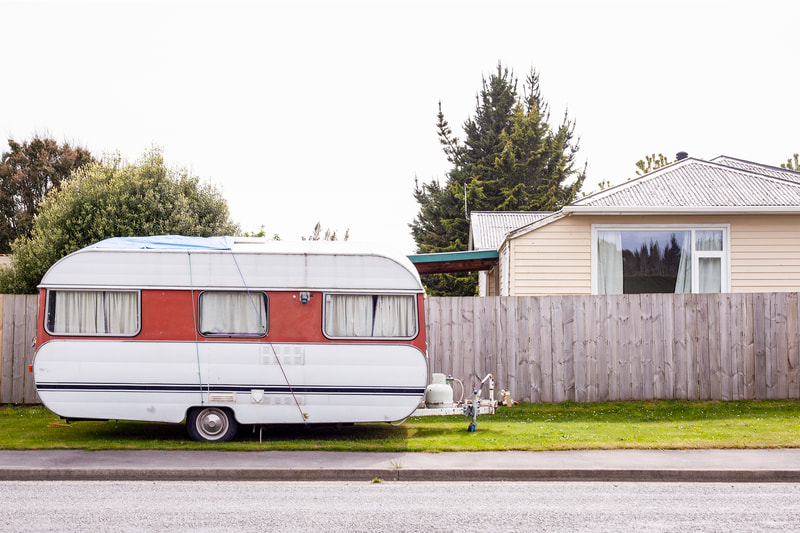
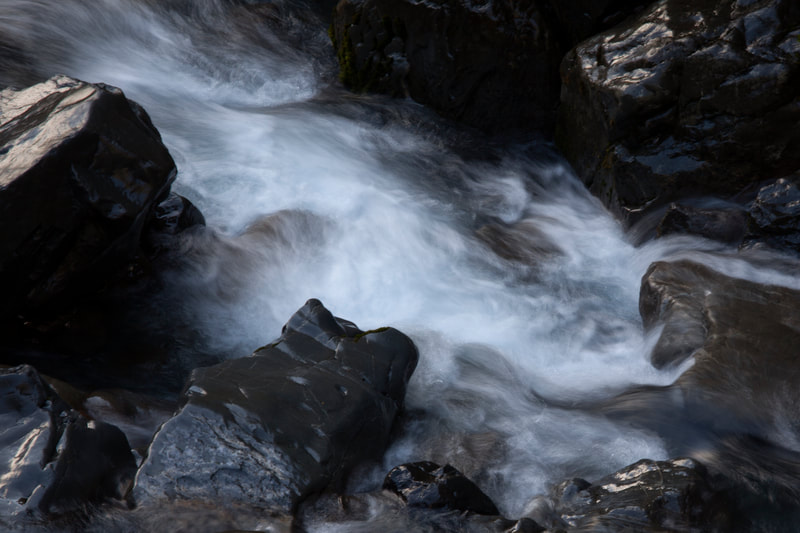
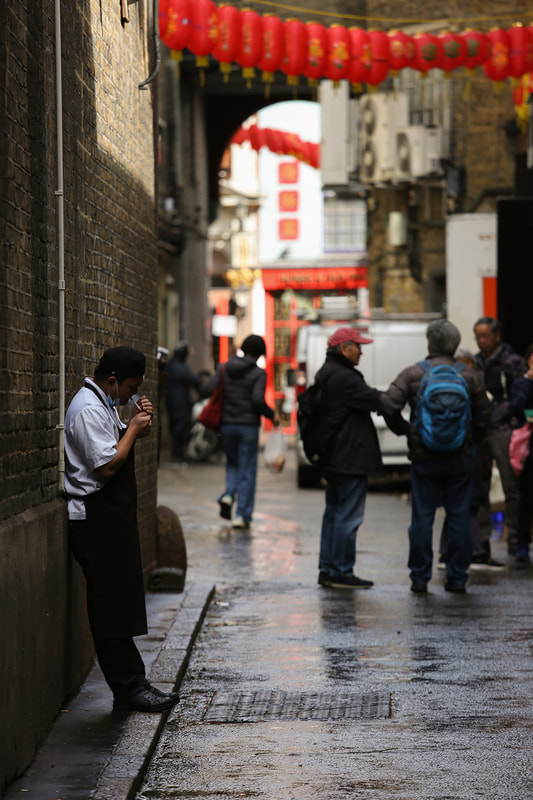
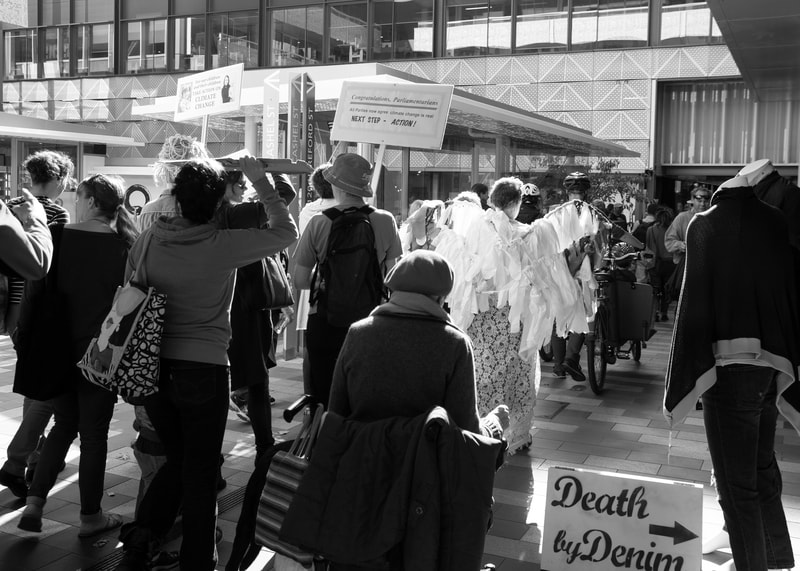
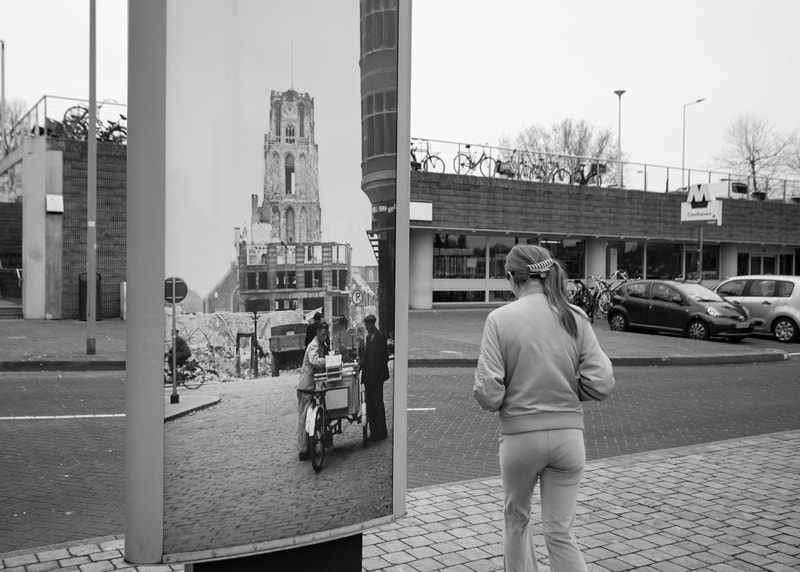
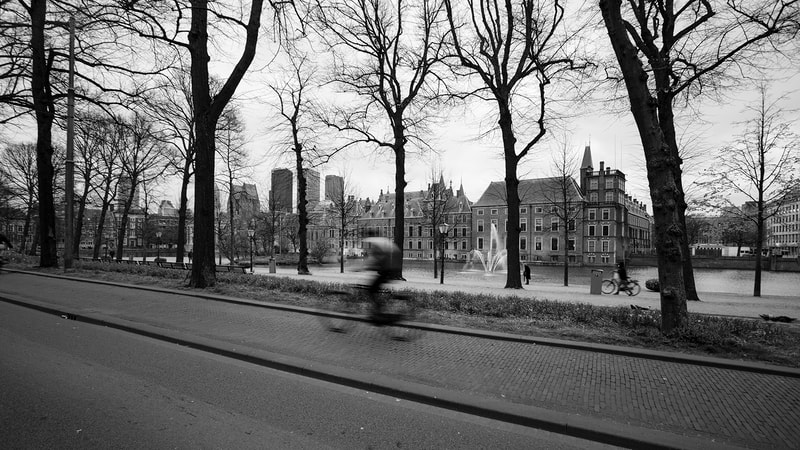
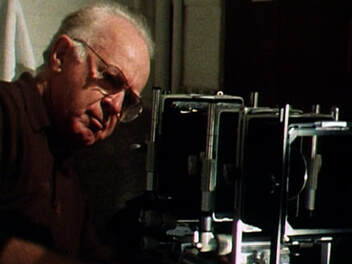
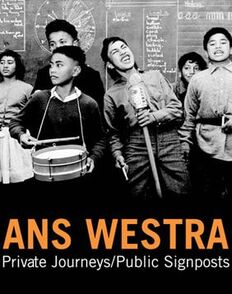
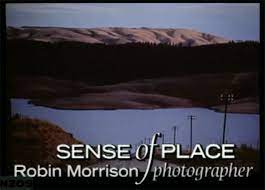
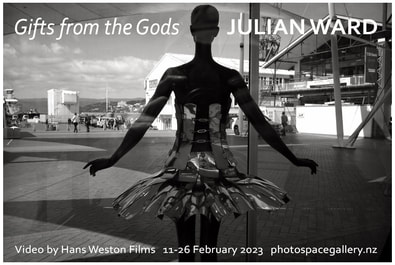



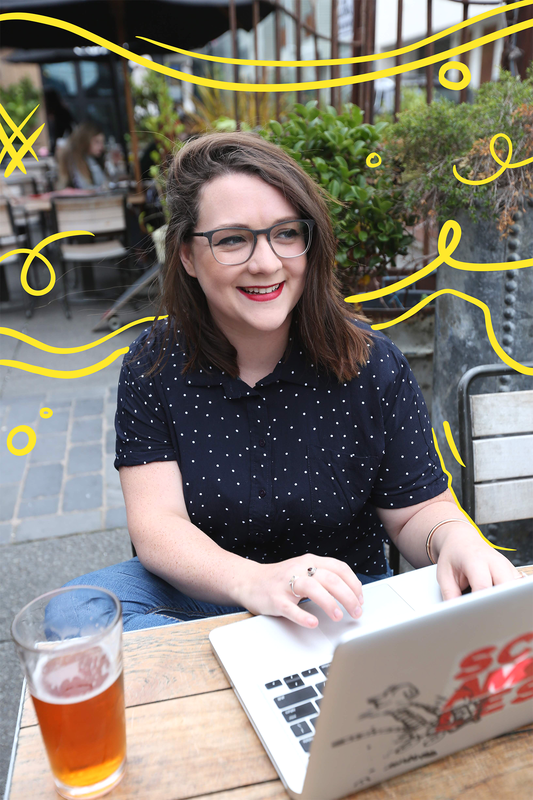
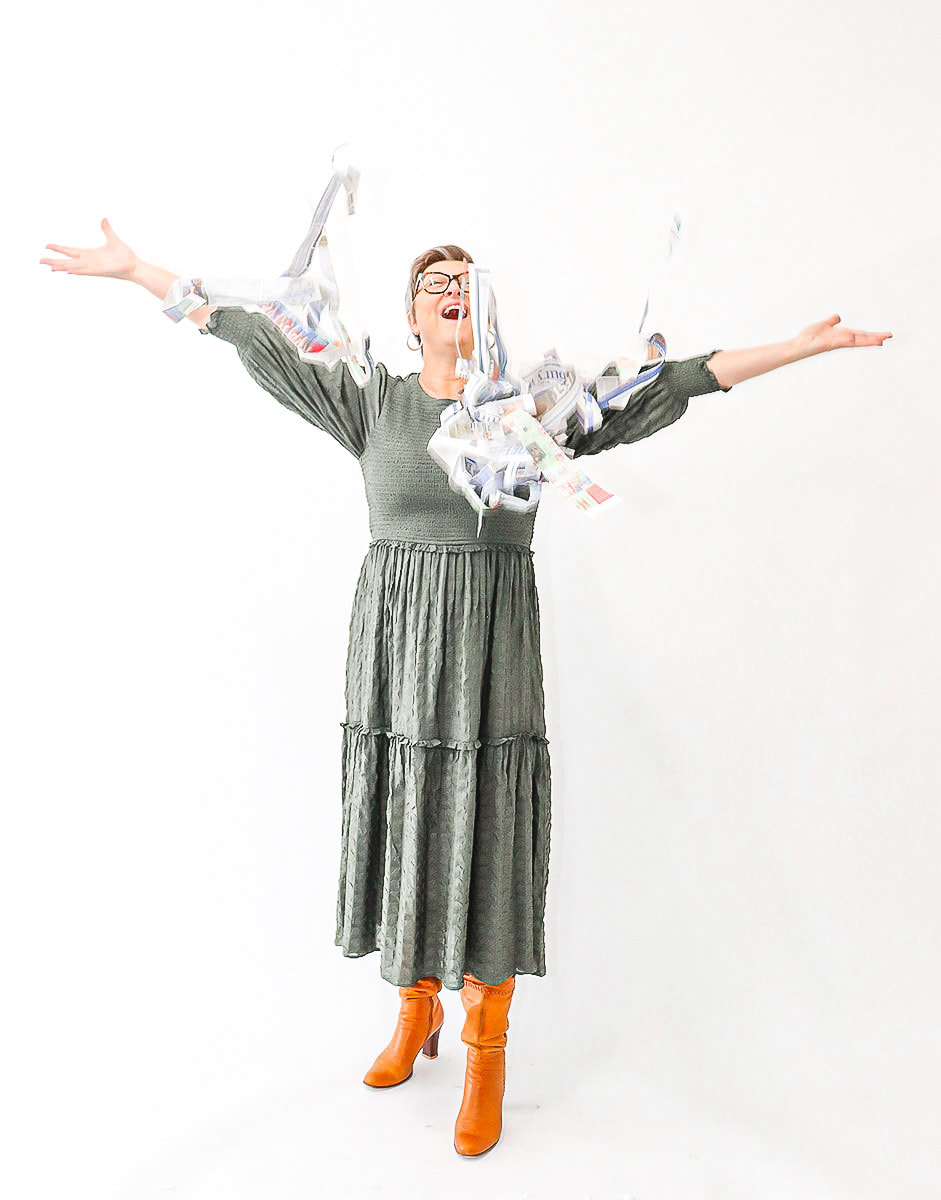
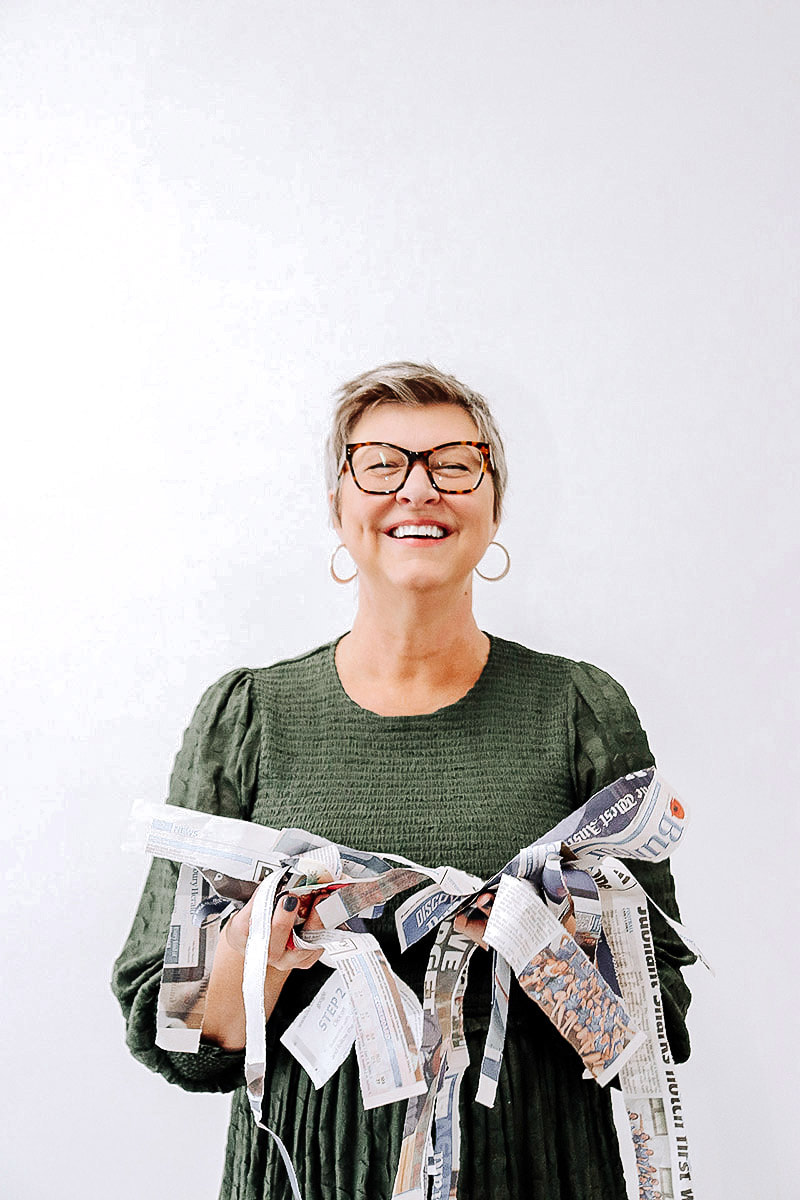

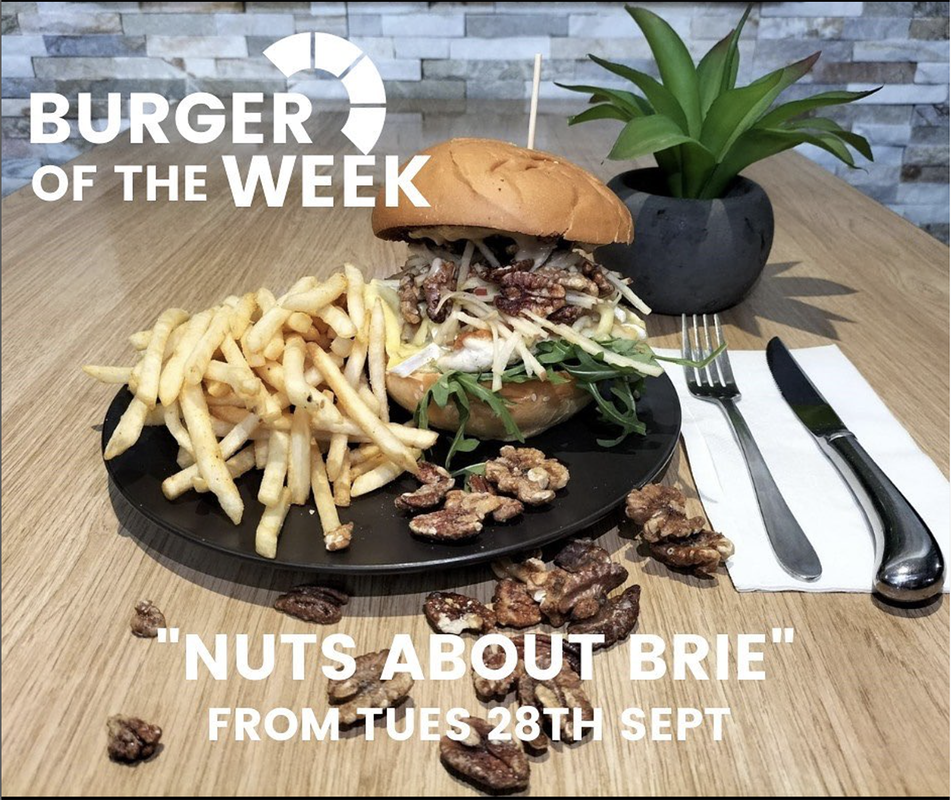
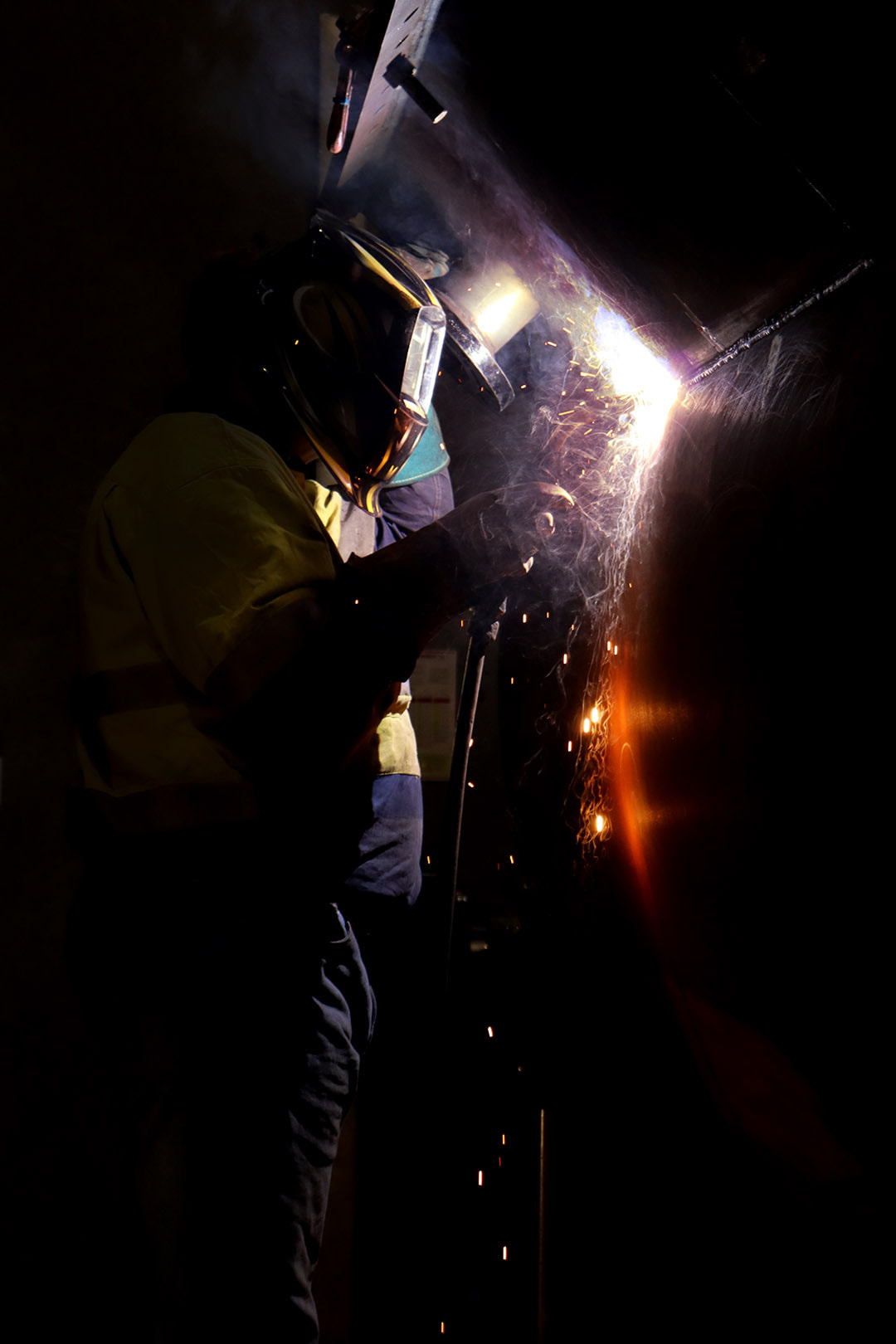
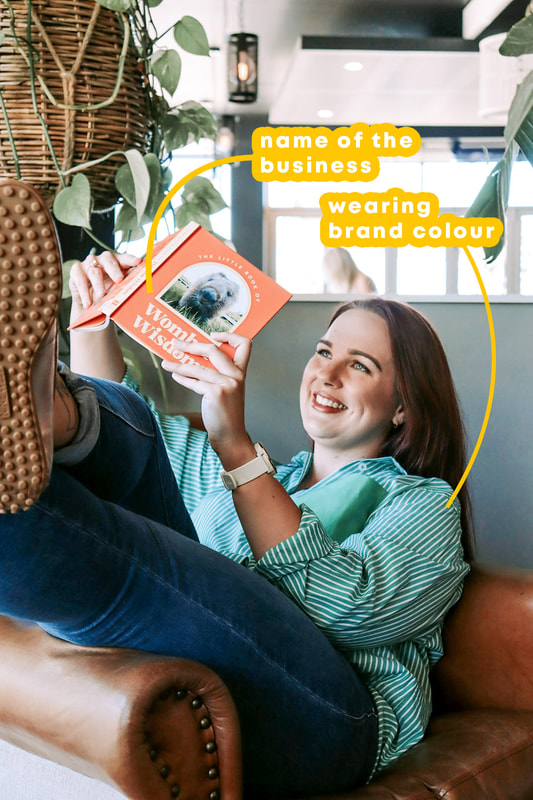
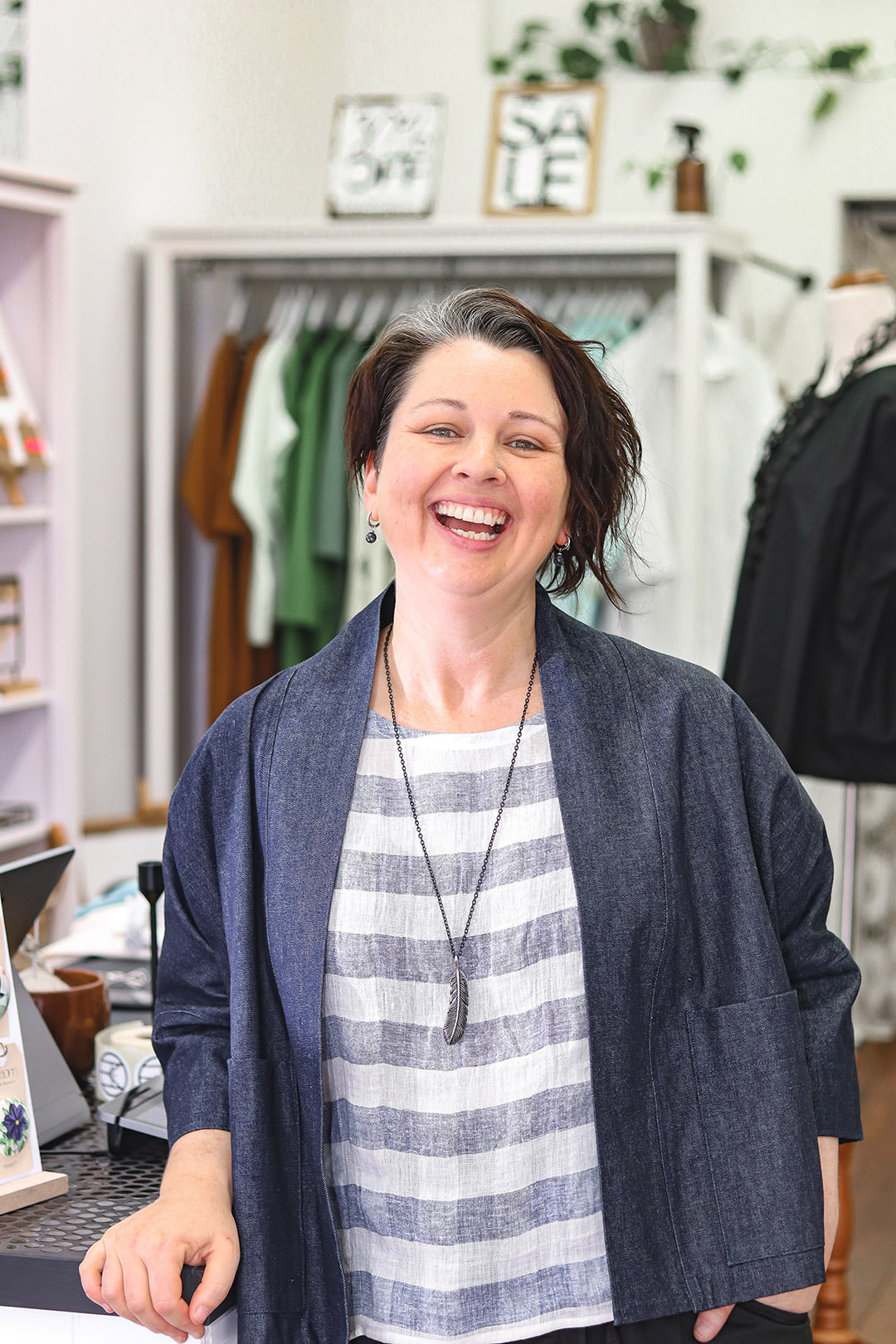
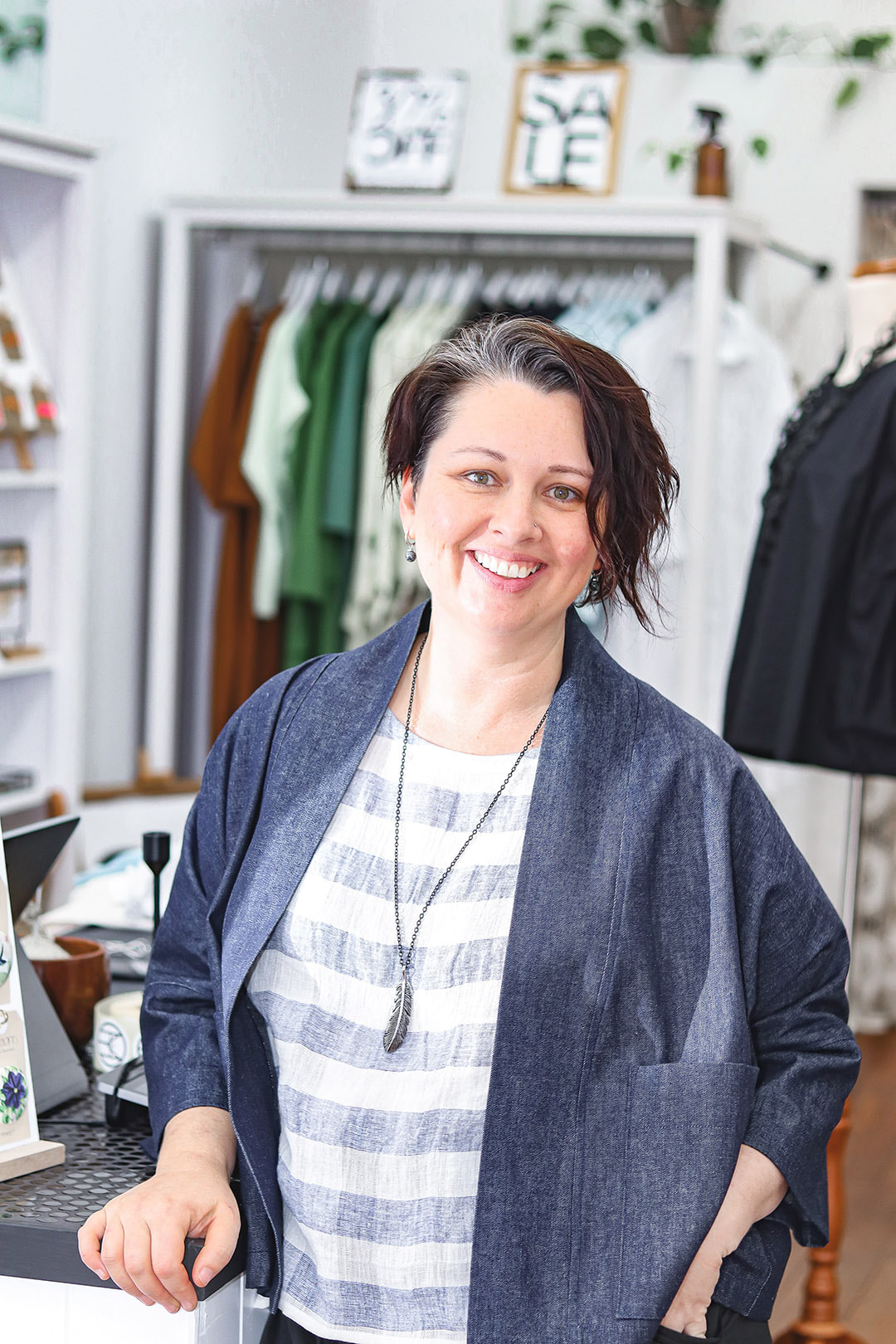
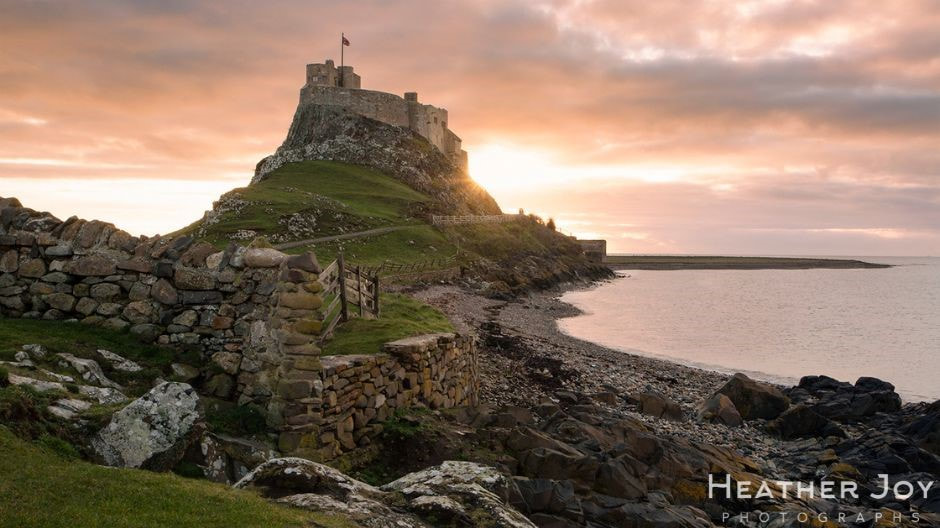
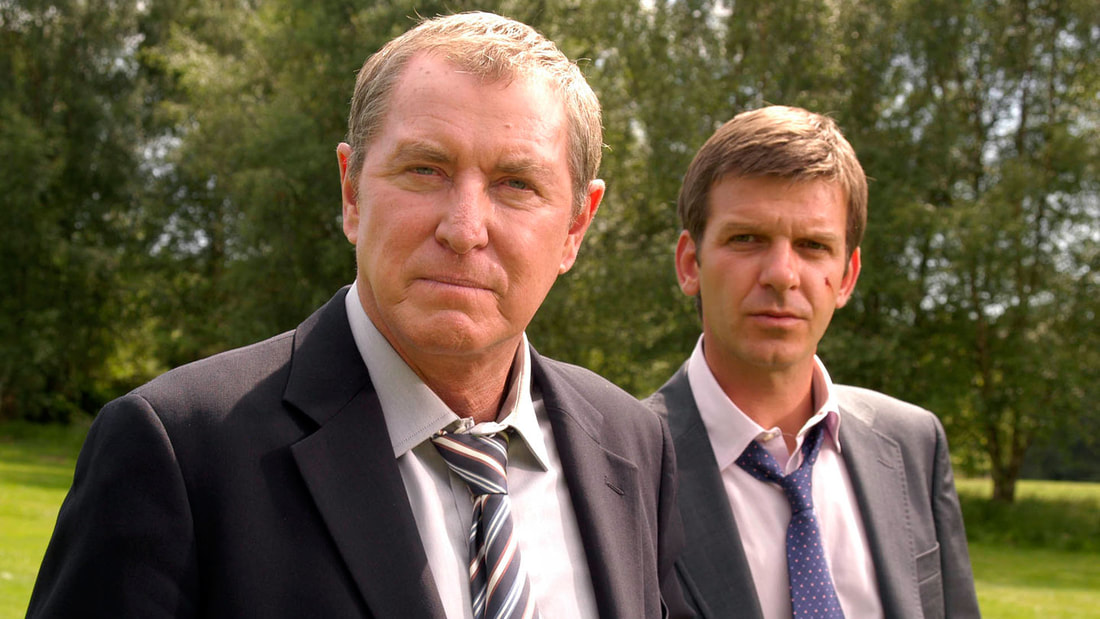
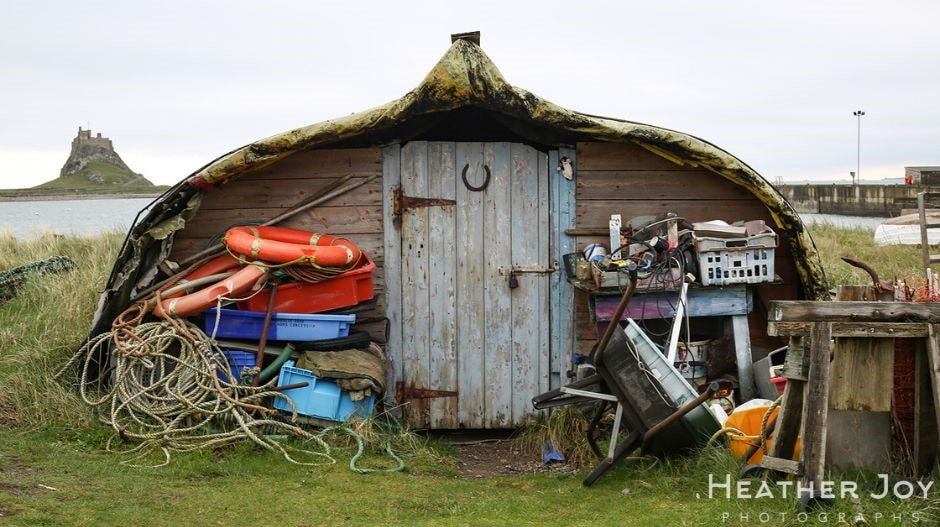
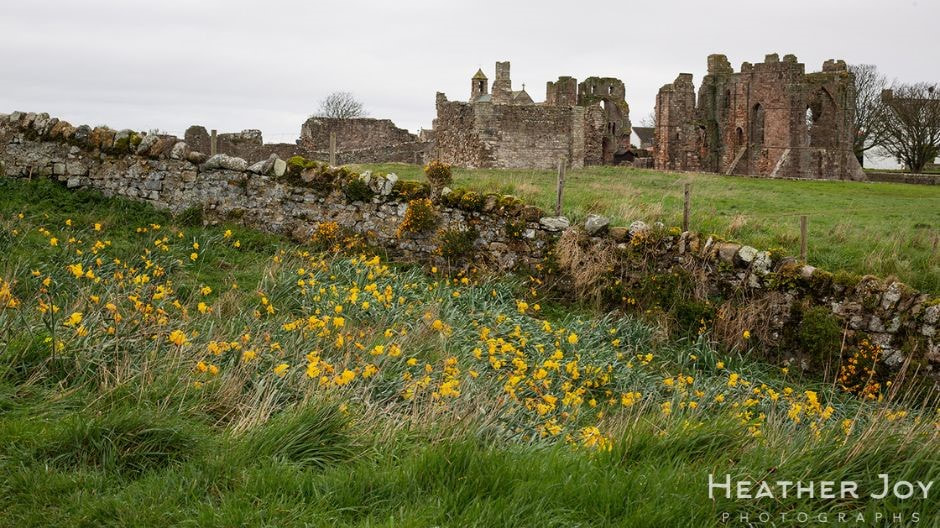
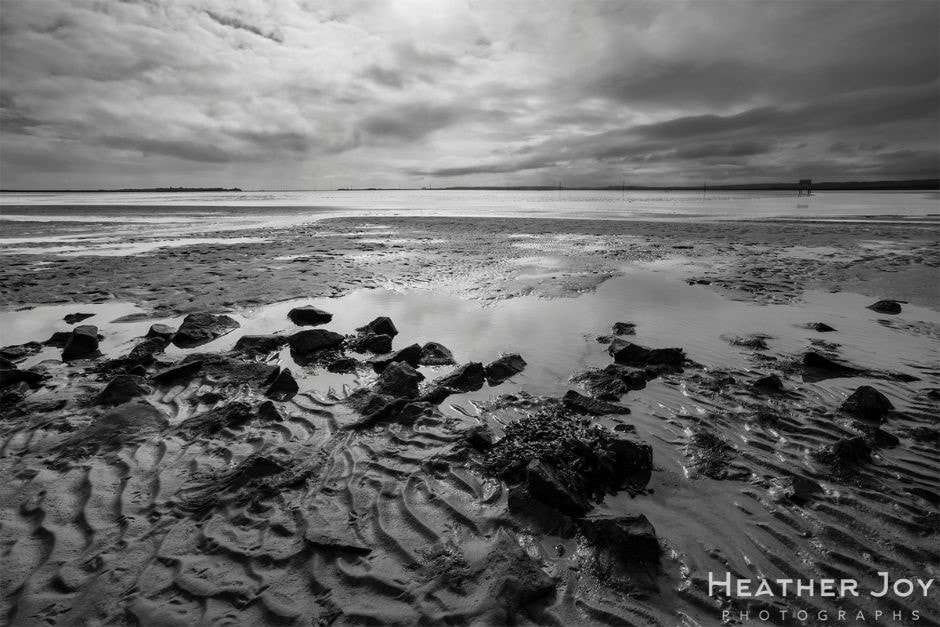
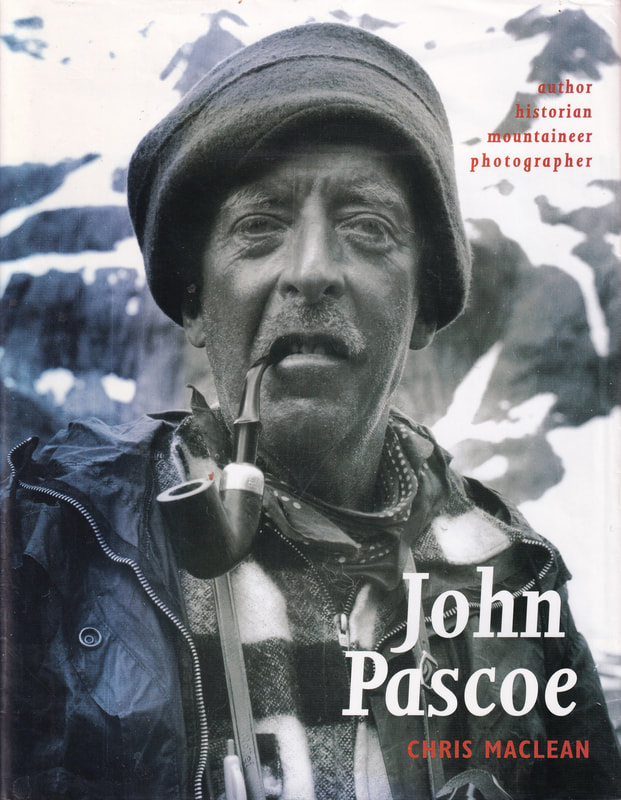
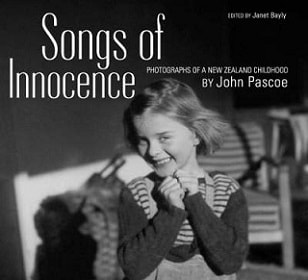
 RSS Feed
RSS Feed